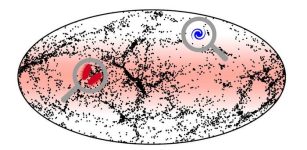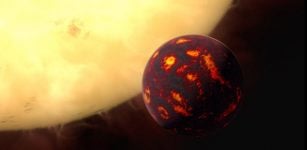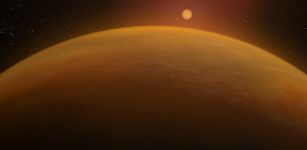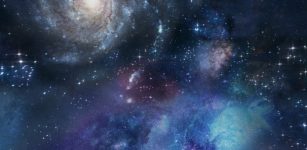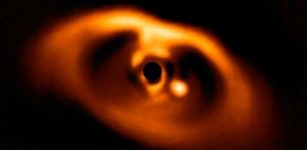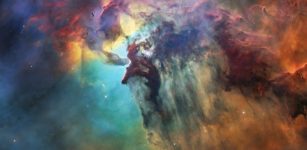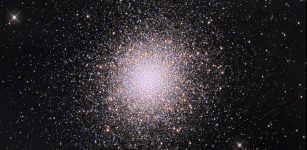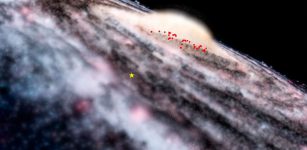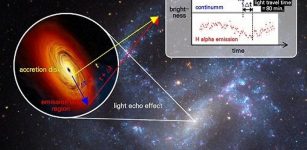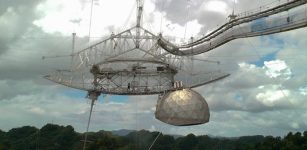Hubble Has Captured A Remarkable Celestial Phenomenon – The Dawn Of A Sun-Like Star
Eddie Gonzales Jr. – MessageToEagle.com – Looking like a glittering cosmic geode, a trio of dazzling stars blazes from the hollowed-out cavity of a reflection nebula in this new image from NASA’s Hubble Space Telescope.
This NASA Hubble Space Telescope image captures a triple-star star system. Credit: NASA, ESA, G. Duchene (Universite de Grenoble I); Image Processing: Gladys Kober (NASA/Catholic University of America)
The triple-star system comprises the variable star HP Tau, HP Tau G2, and HP Tau G3.
HP Tau is known as a T Tauri star, a type of young variable star that hasn’t begun nuclear fusion yet but is beginning to evolve into a hydrogen-fueled star similar to our sun.
T Tauri stars tend to be younger than 10 million years old-in comparison, our sun is around 4.6 billion years old-and are often found still swaddled in the clouds of dust and gas from which they formed.
As with all variable stars, HP Tau’s brightness changes over time. T Tauri stars are known to have both periodic and random fluctuations in brightness.
The box in the ground-based image reveals the location of Hubble’s view within the wider context of this triple-star system. Credit: NASA, ESA, G. Duchene (Universite de Grenoble I); Image Processing: Gladys Kober (NASA/Catholic University of America); Inset: KPNO/NOIRLab/NSF/AURA/T.A. Rector (University of Alaska Anchorage/NSF’s NOIRLab)
The random variations may be due to the chaotic nature of a developing young star, such as instabilities in the accretion disk of dust and gas around the star, material from that disk falling onto the star and being consumed, and flares on the star’s surface. The periodic changes may be due to giant sunspots rotating in and out of view.
Curving around the stars, a cloud of gas and dust shines with their reflected light. Reflection nebulae do not emit visible light of their own, but shine as the light from nearby stars bounces off the gas and dust, like fog illuminated by the glow of a car’s headlights.
HP Tau is located approximately 550 light-years away in the constellation Taurus. Hubble studied HP Tau as part of an investigation into protoplanetary disks, the disks of material around stars that coalesce into planets over millions of years.
Written by Eddie Gonzales Jr. – MessageToEagle.com Staff Writer



